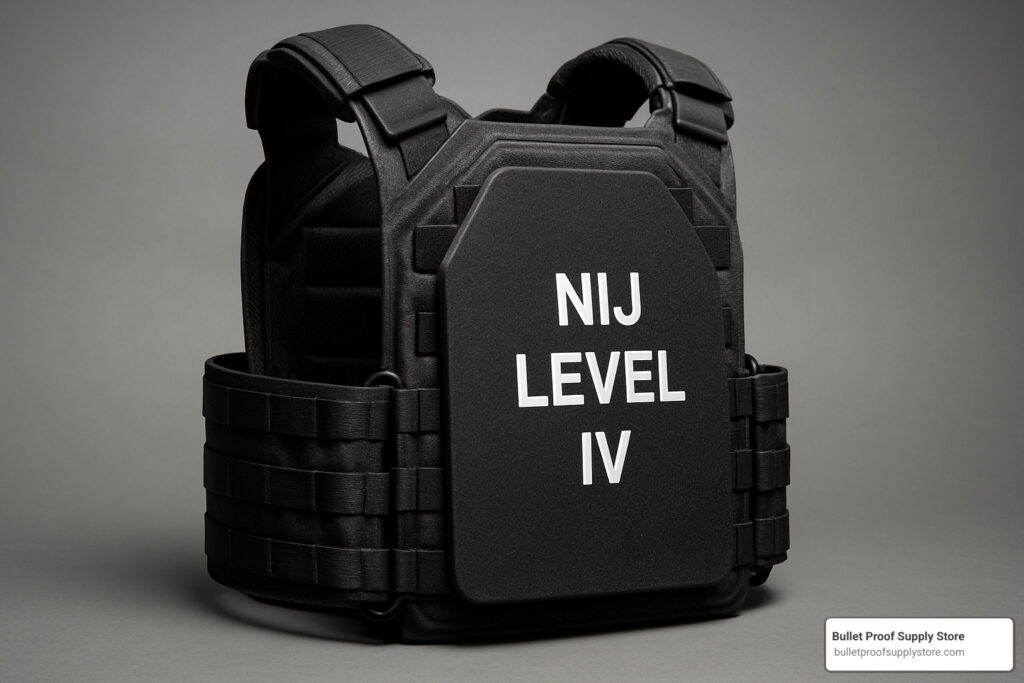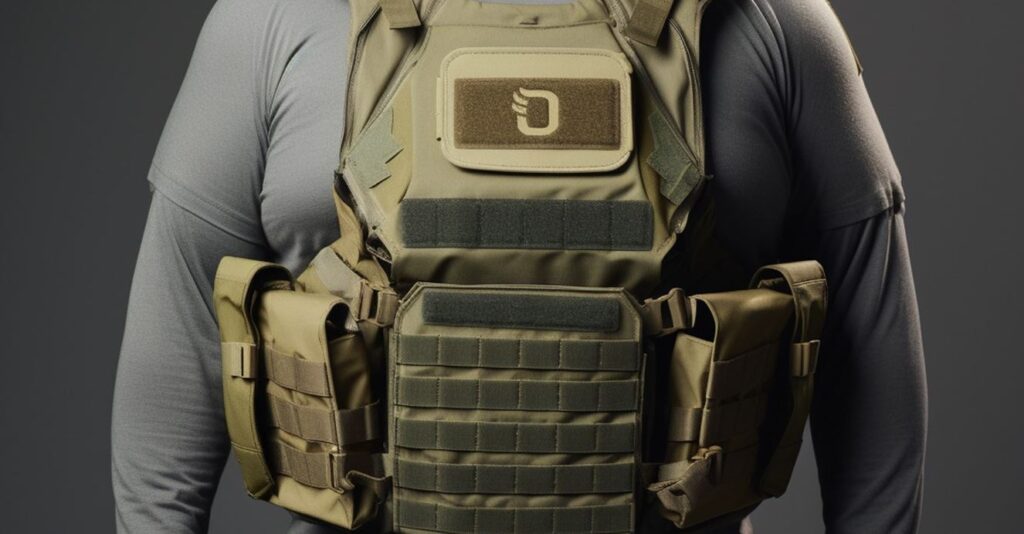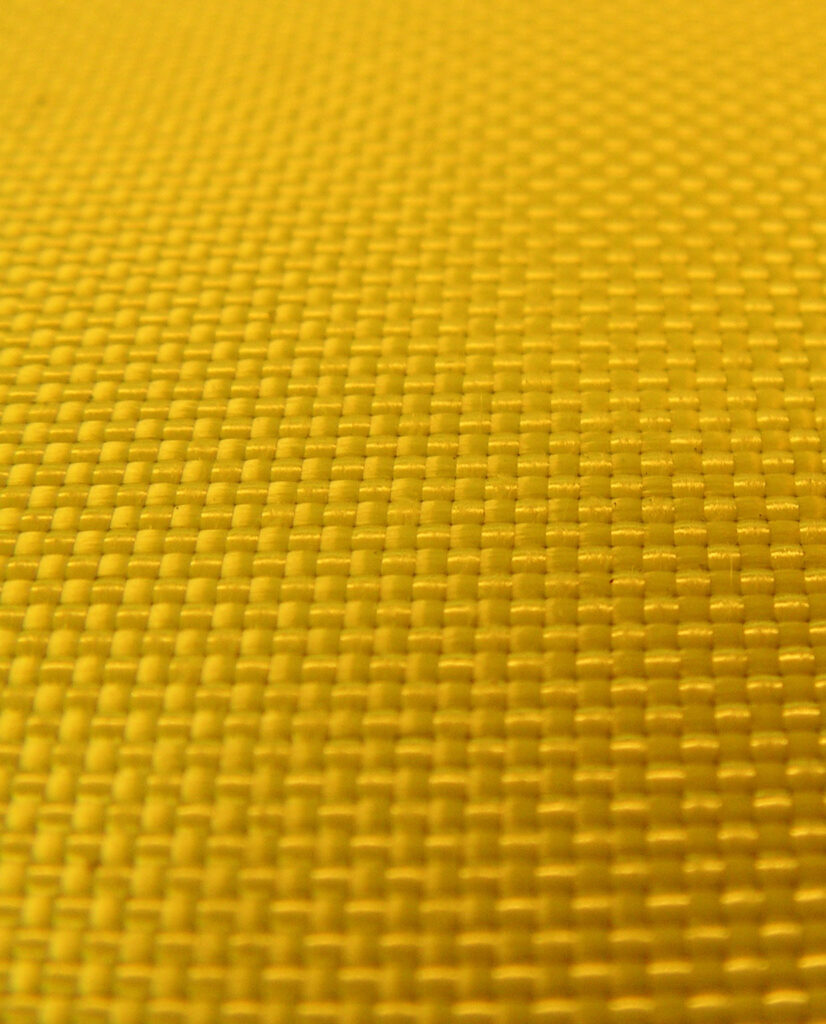Introduction
When it comes to protecting the lives of individuals who work in law enforcement and security, a bulletproof vest is more than just a piece of equipment. The wearer’s safety and well-being depend on the dependability and efficacy of this protective equipment. However, wearing a bulletproof vest doesn’t mean you’re ready to go. Maintenance is crucial if you want to keep your vest’s ballistic capabilities intact and use it for a long time. In this detailed manual, we’ll go over everything you need to know about maintaining your body armor, from how to clean it to how to store it, and even some expert tricks for getting the most out of it. If you take care of your bulletproof vest as instructed, it will protect you effectively for many years to come.
The Importance of Proper Care for Your Body Armor
You’ve made a wise choice in purchasing a bulletproof vest for your protection. To maximize the value and usefulness of any investment, regular maintenance is essential. If you don’t take care of your body armor, it will lose some of its protective qualities against bullets and you won’t be as safe in dangerous situations. You can ensure that your ballistic vest continues to perform at its best when you need it by taking preventative measures and following the manufacturer’s instructions.
Understanding the Components of Your Bulletproof Vest
To properly care for your bulletproof vest, you must first have a firm grasp on its constituent parts.
Carrier
The comfortable and protective outer fabric casing houses the ballistic panels.
Ballistic Panels
What makes a bulletproof vest effective are the ballistic panels, which are made up of multiple layers of high-strength fibers laminated together.
Trauma Pad (Optional)
Extra padding or foam inserts cushion falls and lessens the severity of falls by absorbing some of the impact force.
The Cleaning Process: Do’s and Don’ts
Cleaning your bulletproof vest is an important part of upkeep, but you must take care not to damage the ballistic material in the process. Some cleaning musts and avoidances for your body armor are as follows:
Do’s:
Follow Instructions:
- Always check the manufacturer’s instructions for proper maintenance and cleaning. Your vest’s materials and construction merit these particular care requirements.
Frequent spot cleaning:
- You may spot-clean your vest by wiping it down with a damp cloth or sponge and some mild soap and water to get rid of any surface dirt and stains. Scrub the afflicted areas gently and dry them off with a clean towel.
Use a Soft Brush:
- To prevent fabric or ballistic panel damage, use a soft-bristled brush on dirt and debris that just won’t budge.
Air Dry Only:
- Please hang your vest to dry in a cool, shady area after washing. The ballistic fibers can be damaged by exposure to extreme heat or sunlight.
Don’ts:
Machine Washing:
- Never put your body armor in the washing machine or tumble dryer, since doing so could permanently destroy the ballistic panels and render them useless.
Using Chemicals:
- Avoid Using Bleach and Harsh Chemicals. Ballistic materials can deteriorate if cleaned with bleach or other harsh chemicals.
Avoid Dry Cleaning:
- The chemicals used in dry cleaning might break down the ballistic fibers in your vest, so don’t do it.
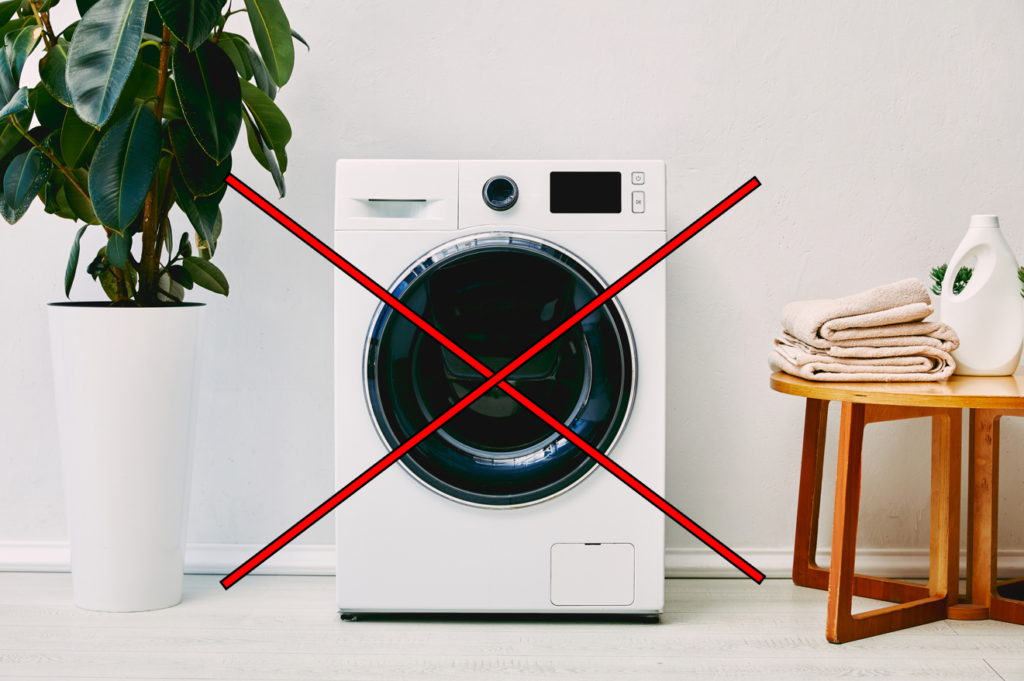
Putting Away Your Body Armor
Keeping your vest in good condition for its intended purpose and use requires careful storage. Keep these things in mind when stowing your body armor:
Your body armor will last longer if you keep it in a cool, dry environment with low to medium humidity. The ballistic substance may be damaged by exposure to high temperatures.
When not in use, lay your vest flat or hang it up using a hanger that can handle its weight. You can keep your vest’s shape and prevent creases in the ballistic panels by hanging it up.
Always store and transport your armor in a suitable bag or cover to prevent damage from dust and other environmental conditions.
Pro Tips for Extending the Lifespan of Your Body Armor
Regular Inspection
Maintain a routine inspection schedule to check for damage or wear on your vest. If you find any signs of wear, such as loose threads, tears, or delamination, the manufacturer can advise you on how to proceed.
Rotate Carriers
If your organization allows it, have numerous carrier vests and switch them out periodically. This gives each vest plenty of time to dry after use, preventing the buildup of sweat and unpleasant odors.
Use a Moisture-Wicking Shirt
Wear a Moisture-Wicking Shirt Under Your Vest One way to keep dry and comfortable while reducing wear on your vest’s ballistic panels is to wear a moisture-wicking shirt underneath it.
Avoid Excessive Weight
Do not overload the vest with heavy goods, since this will put undue stress on the material and attachments.
FAQ: Frequently Asked Questions
If you’re wearing body armor, how often should you clean it?
The answer is that it is usage-dependent. You should spot-clean your vest after each usage and give it a full cleaning once every six months.
Can I fix my body armor if it breaks?
No, you shouldn’t try to fix your body armor on your own. The maker or an authorized technician should evaluate any damage to verify the product can still function properly.
How can I determine if my vest is ballistic?
There should be a label on your body armor that specifies its ballistic rating. For information on the level of safety provided by your vest, please refer to the label or contact the manufacturer.
Does my bulletproof vest get washed in the machine?
No, you can’t wash your bulletproof vest in the washing machine. Washing machines’ agitation and water pressure might cause damage to the fragile ballistic panels. Clean your vest as needed with lukewarm water and mild soap and let it dry in the shade.
Can I safely clean with bleach and other strong chemicals?
Cleaning your body armor with bleach or other strong solvents is not recommended. The protective qualities of the ballistic material can be diminished if these chemicals come into contact with it. For spot cleaning, only use water and mild soap as directed by the manufacturer.
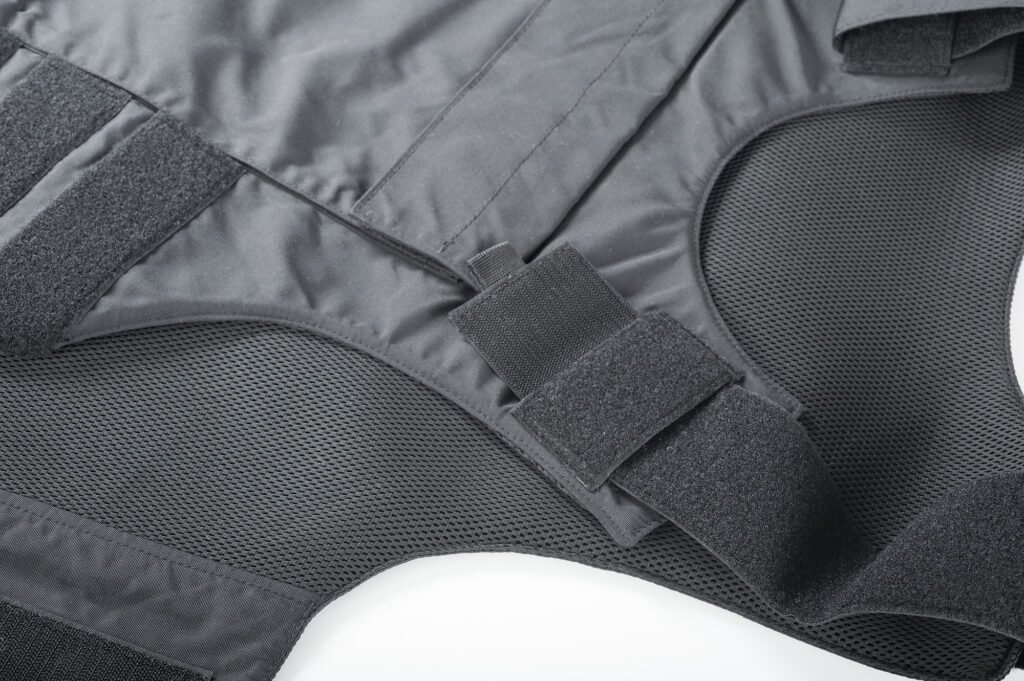
How should I keep my body armor protected when it’s not in use?
Keeping your body armor in good condition requires proper storage. Keep it in a cool, dry, moderately humid location. If you prefer to hang your vest, there are solid hangers available that can handle its weight. You might want to store or travel it in a specially designed vest bag or cover to shield it from dirt and other environmental hazards.
Does my body armor interfere with my ability to wear conventional clothes?
You can wear your body armor over your clothes, but you shouldn’t have to. The vest’s ballistic panels will last longer and experience less wear if you wear it snugly against your body, particularly over a shirt that wicks away sweat. When worn correctly, the vest provides maximum protection.
To what extent can I maintain the integrity of my body armor?
If you want your body armor to last as long as possible, try these tricks out.
- Be sure to check the condition of your vest regularly.
- If your organization allows it, buy extra carrier vests and switch them out periodically.
- It is recommended that you wear a moisture-wicking shirt under your vest.
- Extra weight on the vest might cause the material and attachments to wear out faster and cause strain.
What if it’s really hot outside? Can I still wear my body armor?
It is preferable to keep your vest out of the extreme heat or cold for long periods, even though certain body armor is built to endure such conditions. Ballistic fibers can be damaged by heat, and the carrier’s structural integrity can be compromised by subzero temperatures.
When should I update my body armor, and how do I do that?
Body armor should be replaced at intervals defined by the manufacturer, wear, and usage. It is recommended that you get a new vest every 5-10 years, depending on the manufacturer. Contact the manufacturer for replacement instructions if any of the aforementioned damage, wear, or diminished protection has occurred.
Can I borrow body armor from a friend, or do I need to buy my own?
Sharing body armor with another person is not recommended. Each vest is generally made to order and tailored to the specific dimensions and proportions of its wearer. When people share body armor, it might reduce the effectiveness of the fit, the coverage, and the protection it provides. Furthermore, a vest’s ballistic capabilities can be affected by its wear and tear in different ways for different people.
Can I disguise my body armor by wearing it inside my clothes?
Certain types of body armor may be worn beneath clothing for camouflage, however, this should only be done after consulting the manufacturer’s instructions and recommendations. Some vests are meant to be worn over clothes and others are made specifically to be worn under clothes. Your body armor’s efficiency and convenience may suffer if you don’t wear it properly.
The trauma pad in my body armor has gotten dirty; how can I clean it?
If your body armor has a trauma pad, clean it as directed by the manufacturer. Unlike the carrier and the ballistic panels, trauma cushions may usually be removed for cleaning. Trauma pads should also be spot-cleaned with mild soap and water.
Overall
Maintaining your bulletproof vest properly is not optional, since it has a direct bearing on your safety and well-being on the field. Adherence to the cleaning and storage guidelines, as well as the professional advice described exhaustively in this manual, is crucial to the longevity and best functioning of your body armor.
If you take good care of your bulletproof vest, it will become one of your most trusted companions. Think about a situation when every second counts and you have to deal with unexpected threats. In critical situations, you must have full faith in the safety equipment you’ve relied on to keep you alive. Maintaining your vest not only extends its life but also increases its resistance to danger, giving you an advantage in the line of duty.
Remember that keeping your bulletproof vest in excellent condition should be your number one priority at all times. Don’t ever forget how important this tool is. It’s more than a nice addition to your outfit; it’s a must. Your commitment to its upkeep may be the deciding factor between life and death, between survival and catastrophe.
Finally, your bulletproof vest is more than just a piece of tactical equipment; it is a representation of your ability to withstand the most extreme danger. Therefore, it is entirely up to you to ensure it is properly maintained. If you commit to maintaining it, it will be there for you when the stakes are highest. Keep in mind that your vest’s condition could determine whether or not you survive an accident, and treat it with the care it deserves. Don’t let your guard down, pay attention to the news, and keep yourself secure.


